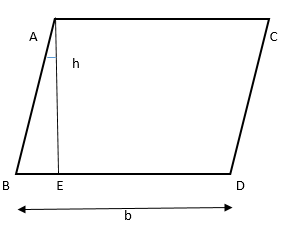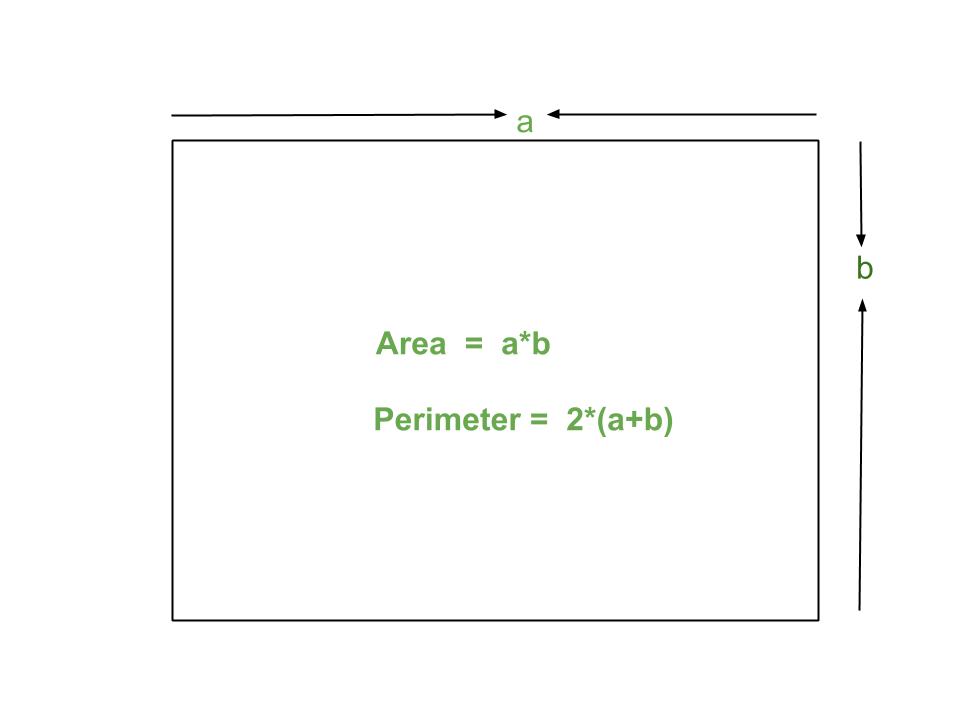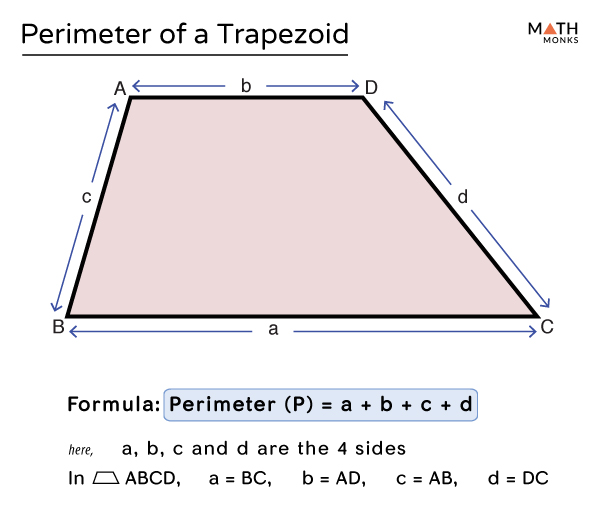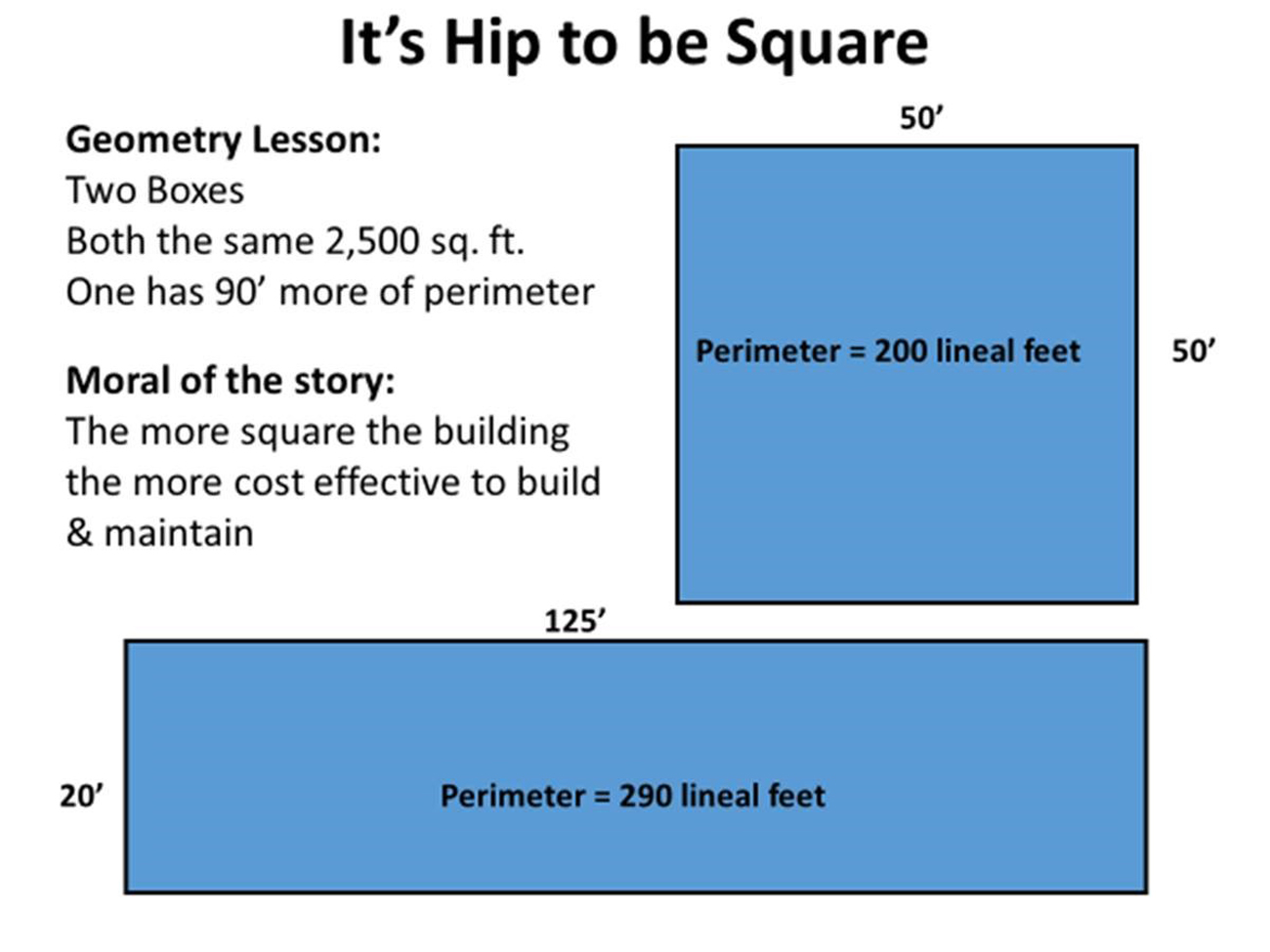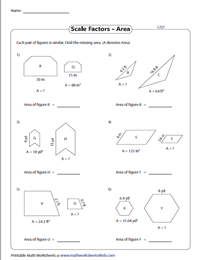Topic perimeter of a parallelogram calculator: Discover the simplicity of geometry with our "Perimeter of a Parallelogram Calculator", a tool designed to make calculating perimeters straightforward and accessible for everyone, from students to geometry enthusiasts.
Table of Content
- How to calculate the perimeter of a parallelogram using a calculator?
- Understanding the Basics of a Parallelogram
- Standard Perimeter Calculation Formula
- Advanced Calculation: Perimeter with Diagonals
- Perimeter Using Base, Height, and Angle
- YOUTUBE: How to Find the Perimeter of a Parallelogram
- Calculation Tools: Hand Calculation vs. Online Calculators
- Practical Examples of Perimeter Calculations
- Common Challenges in Accurate Perimeter Measurement
- Alternative Calculation Methods
- Frequently Asked Questions About Parallelograms
- Historical Evolution of Perimeter Calculation Methods
How to calculate the perimeter of a parallelogram using a calculator?
To calculate the perimeter of a parallelogram using a calculator, you need to know the lengths of its adjacent sides. Here is a step-by-step guide:
- First, measure the lengths of the two adjacent sides of the parallelogram. Let\'s call them side A and side B.
- Multiply side A by 2 and side B by 2.
- Add the results from step 2.
- The sum obtained in step 3 is the perimeter of the parallelogram.
So the formula for calculating the perimeter of a parallelogram is:
Perimeter = 2A + 2B
Now, you can use a calculator to input the lengths of side A and side B and perform the necessary calculations to find the perimeter.
READ MORE:
Understanding the Basics of a Parallelogram
A parallelogram is a unique four-sided figure in geometry, characterized by its parallel opposite sides. This section delves into the fundamental aspects of a parallelogram, crucial for understanding how to calculate its perimeter.
- Definition: A parallelogram is a quadrilateral with two pairs of parallel sides. The opposite sides are equal in length and opposite angles are equal.
- Key Properties: The parallelogram has several distinctive properties, such as opposite sides being congruent, opposite angles being equal, and the diagonals bisecting each other.
- Angles: The adjacent angles in a parallelogram are supplementary, meaning they add up to 180 degrees.
- Diagonals: Diagonals of a parallelogram bisect each other and are not necessarily equal in length.
- Types: Special types of parallelograms include rectangles (right angles), rhombuses (equal sides), and squares (equal sides and right angles).
Understanding these basic properties is essential for effectively using a parallelogram perimeter calculator and for broader applications in geometry.

Standard Perimeter Calculation Formula
The perimeter of a parallelogram can be calculated using a simple and straightforward formula. This section explains the standard formula and how to apply it effectively.
- Identifying the Sides: Begin by identifying the lengths of the adjacent sides of the parallelogram, typically labeled as \"a\" and \"b\".
- Formula for Perimeter: The perimeter (P) of a parallelogram is calculated as P = 2 * (a + b). This formula is derived from the fact that opposite sides of a parallelogram are equal in length.
- Applying the Formula: Simply add the lengths of the adjacent sides \"a\" and \"b\", then multiply the sum by 2. This gives you the total distance around the parallelogram.
- Units of Measurement: Ensure that the units of length for both sides \"a\" and \"b\" are the same before calculation. The perimeter\"s unit will be the same as that of the sides.
- Example: For a parallelogram with sides 5 cm and 7 cm, the perimeter would be calculated as 2 * (5 + 7) = 24 cm.
Understanding this formula is essential for anyone looking to quickly and accurately calculate the perimeter of a parallelogram, whether for academic purposes or practical applications.
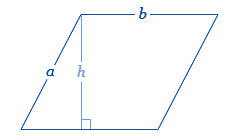
Advanced Calculation: Perimeter with Diagonals
Calculating the perimeter of a parallelogram using its diagonals introduces a more complex but intriguing approach. This method is particularly useful when the lengths of the sides are not directly known, but the diagonals are. The formula for this calculation is derived from the parallelogram law, which equates the sum of the squares of the sides to the sum of the squares of the diagonals.
Perimeter Formula Using Diagonals:
- Let a and b represent the lengths of the adjacent sides of the parallelogram.
- Denote e and f as the lengths of the diagonals.
- The perimeter can be calculated using the formula: P = 2 × a + √(2 × e² + 2 × f² - 4 × a²).
- This formula is derived from the relationship: 2 × a² + 2 × b² = e² + f².
Understanding the underpinning geometry provides a clear picture of how the diagonals contribute to determining the perimeter. This method is especially useful in scenarios where measuring the sides directly is challenging, but the diagonals are more accessible.
Example: If a parallelogram has diagonals of lengths 18 and 24 inches, and one side is known to be 15 inches, the perimeter can be calculated as follows:
- Insert the values into the formula: P = 2 × 15 + √(2 × 18² + 2 × 24² - 4 × 15²).
- Perform the calculations to find the perimeter.
This advanced calculation of parallelogram perimeter using diagonals is an excellent example of applying geometric principles to solve real-world problems. It is a testament to the depth and versatility of geometric analysis.

Perimeter Using Base, Height, and Angle
Calculating the perimeter of a parallelogram using its base, height, and an angle is a unique approach that incorporates trigonometry into geometry. This method is useful when the side lengths are not readily available, but the base, height, and one of the internal angles are known. The formula involves using the sine function to calculate the unknown side length from the given angle and height.
Perimeter Formula Using Base, Height, and Angle:
- Let a be the base of the parallelogram.
- Denote h as the height of the parallelogram.
- Consider θ as the given angle, where θ is the angle between the base and the adjacent side.
- The perimeter can be calculated using the formula: P = 2 × (a + (h/sin(θ))).
It\"s important to remember that the adjacent angles in a parallelogram are supplementary. Therefore, you can choose either of the angles at a vertex, as sin(θ) is equal to sin(180° - θ).
Example: If a parallelogram has a base of 10 inches, a height of 5 inches, and an angle of 30 degrees, the perimeter can be calculated as follows:
- Convert the angle to radians if necessary, as trigonometric functions in most calculators use radians.
- Insert the values into the formula: P = 2 × (10 + (5/sin(30°))).
- Perform the calculations to find the perimeter.
This method provides a practical solution for calculating the perimeter of a parallelogram in situations where direct measurement of the sides is not feasible. By integrating trigonometry with basic geometric properties, it offers a comprehensive understanding of parallelogram geometry.

_HOOK_
How to Find the Perimeter of a Parallelogram
\"Discover the fascinating world of perimeter calculations in our captivating video! Learn how to measure the outer edges of various shapes, solve complex calculations, and unlock the key to mastering perimeter. Join us on this educational journey now!\"
How to Calculate Perimeter of a Parallelogram | Perimeter of a Parallelogram
\"Curious about how to calculate complex equations? Look no further! Our comprehensive video provides step-by-step guidance on how to calculate anything from simple math problems to advanced equations. Unleash your inner math whiz and watch our video today!\"
Calculation Tools: Hand Calculation vs. Online Calculators
When calculating the perimeter of a parallelogram, two primary methods can be employed: hand calculation and using online calculators. Both methods have their unique advantages and are suitable for different contexts and user preferences.
Hand Calculation
Hand calculation of a parallelogram\"s perimeter involves using geometric formulas. This traditional method is beneficial for understanding the mathematical concepts and principles underlying the geometry of parallelograms.
- Requires understanding of geometric formulas and principles.
- Helps in improving problem-solving and analytical skills.
- Ideal for educational purposes and in scenarios where technological tools are not available.
- Can be time-consuming and prone to human error, especially in complex calculations.
Online Calculators
Online calculators provide a quick and convenient way to calculate the perimeter of a parallelogram. They are especially useful for complex calculations that might be cumbersome to do by hand.
- Fast and efficient, providing instant results.
- Reduces the likelihood of calculation errors.
- Often includes a variety of formulas and can handle complex calculations with ease.
- Some may lack educational value in terms of understanding the underlying mathematical principles.
In conclusion, the choice between hand calculation and using an online calculator depends on the specific needs and context of the user. Hand calculation is more educational but time-consuming, while online calculators are efficient but may not provide the same depth of understanding.

Practical Examples of Perimeter Calculations
Understanding the perimeter calculation of a parallelogram can be enhanced with practical examples. These examples showcase how the perimeter formula is applied in different scenarios, providing a clearer understanding of its application in real-life situations.
Example 1: Standard Perimeter Calculation
Consider a parallelogram with sides of lengths 6 cm and 8 cm. To calculate its perimeter:
- Identify the lengths of the two adjacent sides: a = 6 cm, b = 8 cm.
- Apply the standard perimeter formula: P = 2 × (a + b).
- Calculate: P = 2 × (6 cm + 8 cm) = 2 × 14 cm = 28 cm.
The perimeter of this parallelogram is 28 cm.
Example 2: Perimeter Using Diagonals
For a parallelogram with diagonals measuring 5 cm and 7 cm, and one side of 4 cm, the perimeter can be calculated as follows:
- Insert the values into the formula for perimeter using diagonals: P = 2 × a + √(2 × e² + 2 × f² - 4 × a²).
- Calculate: P = 2 × 4 cm + √(2 × 5² cm² + 2 × 7² cm² - 4 × 4² cm²).
- Solve for P.
This calculation demonstrates how the diagonals influence the perimeter of a parallelogram.
Example 3: Perimeter Using Base, Height, and Angle
A parallelogram with a base of 10 cm, height of 6 cm, and an angle of 60 degrees can have its perimeter calculated by:
- Converting the angle to radians if necessary.
- Applying the formula: P = 2 × (base + (height/sin(angle))).
- Calculate: P = 2 × (10 cm + (6 cm/sin(60°))).
This example illustrates the use of trigonometric functions in perimeter calculations.
These practical examples not only aid in understanding the formulas but also highlight the versatility of perimeter calculations in various contexts.
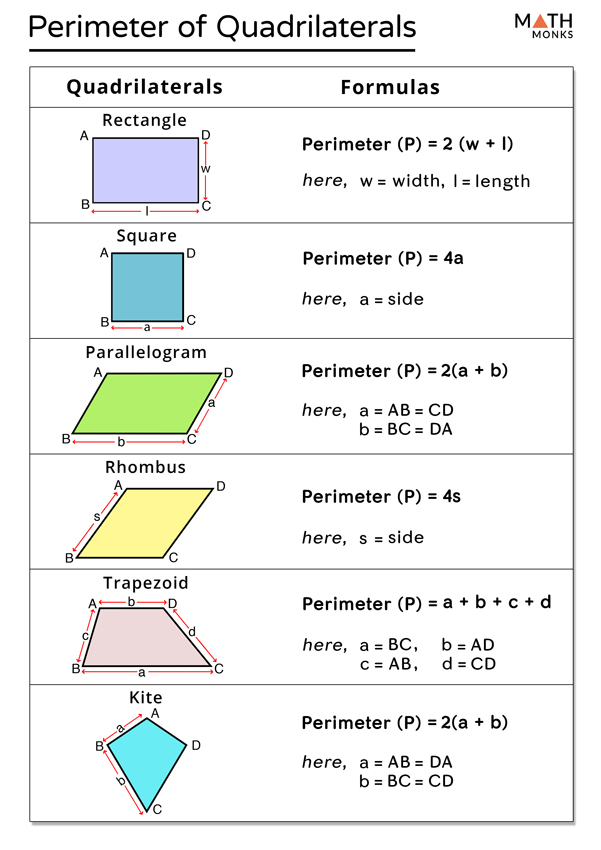
Common Challenges in Accurate Perimeter Measurement
Accurately measuring the perimeter of a parallelogram can be challenging due to various factors. Understanding these challenges is crucial for ensuring precise measurements, whether for academic purposes, construction projects, or other applications.
Inaccurate Measurements
- One of the primary challenges is obtaining accurate measurements of sides or angles. Even small errors can significantly impact the final calculation.
- Using improper or poorly calibrated measuring tools can lead to inaccuracies.
Complex Geometries
- Parallelograms with unusual or complex shapes may present difficulties in identifying and measuring the correct sides and angles.
- In such cases, understanding geometric principles and relationships is essential.
Calculation Errors
- Manual calculations are prone to human error, especially with complex formulas involving square roots or trigonometry.
- Misinterpretation of formulas or calculation steps can result in incorrect results.
Environmental Factors
- For on-site measurements, factors like uneven terrain or obstructed views can hinder accurate measurement.
- Environmental conditions, such as lighting and weather, can also affect measurement precision.
Overcoming these challenges requires careful measurement, proper use of tools, a solid understanding of geometric principles, and attention to environmental conditions. Precision in each step is key to accurate perimeter calculation of a parallelogram.

Alternative Calculation Methods
While the standard formulas for calculating the perimeter of a parallelogram are widely used, there are alternative methods that can be employed in different scenarios. These alternative methods often involve creative applications of geometric principles and may offer more practical solutions in certain contexts.
Using the Law of Cosines
When the lengths of the sides and one angle are known, the Law of Cosines can be used to calculate the perimeter:
- Calculate the lengths of the diagonals using the Law of Cosines.
- Use these diagonal lengths in the standard formula for perimeter involving diagonals.
Graphical Method
In situations where precise measurements are difficult, a graphical method can be used:
- Draw a scale diagram of the parallelogram.
- Measure the sides using a ruler and calculate the perimeter based on the scale of the drawing.
Approximation Techniques
For large-scale applications like land surveying, approximation techniques may be used:
- Estimate the lengths of the sides using known reference points.
- Apply these estimates in the standard perimeter formula.
These alternative methods provide additional tools for calculating the perimeter of a parallelogram, each suited to different types of problems and scenarios.

Frequently Asked Questions About Parallelograms
Parallelograms are fascinating geometric shapes that often generate a range of questions, particularly regarding their properties and calculations. Below are some frequently asked questions about parallelograms, providing a deeper understanding of their characteristics.
What defines a parallelogram?
A parallelogram is a four-sided figure (quadrilateral) with opposite sides that are parallel and equal in length. The opposite angles in a parallelogram are also equal.
How do you calculate the perimeter of a parallelogram?
The perimeter of a parallelogram is calculated by adding the lengths of its four sides. Since opposite sides are equal, the formula is P = 2a + 2b, where \"a\" and \"b\" are the lengths of the adjacent sides.
Can you calculate the perimeter using diagonals?
Yes, the perimeter can be calculated using the lengths of diagonals with the formula: P = 2 × a + √(2 × e² + 2 × f² - 4 × a²), where \"e\" and \"f\" are the diagonals, and \"a\" is the length of one side.
Are the diagonals of a parallelogram equal?
Not necessarily. In a parallelogram, the diagonals bisect each other but are not required to be of equal length unless it\"s a special type of parallelogram like a rectangle or a square.
Can a parallelogram have right angles?
Yes, a parallelogram can have right angles. If all angles are right angles, it is also called a rectangle.
Is it possible to find the area of a parallelogram using base and height only?
Yes, the area of a parallelogram can be calculated by multiplying its base by its height (Area = base × height).
How does the angle between sides affect a parallelogram?
The angle between the sides of a parallelogram affects its shape and dimensions, including the lengths of diagonals and the relationships between different sides and angles.
Are the sides of a parallelogram always equal?
Only the opposite sides of a parallelogram are equal. Adjacent sides can be of different lengths.
What is the difference between a parallelogram and a rhombus?
A rhombus is a type of parallelogram where all four sides are of equal length. In a general parallelogram, only opposite sides are equal.
These questions and answers provide a basic yet comprehensive overview of the key aspects of parallelograms, enhancing understanding and appreciation of this geometric shape.
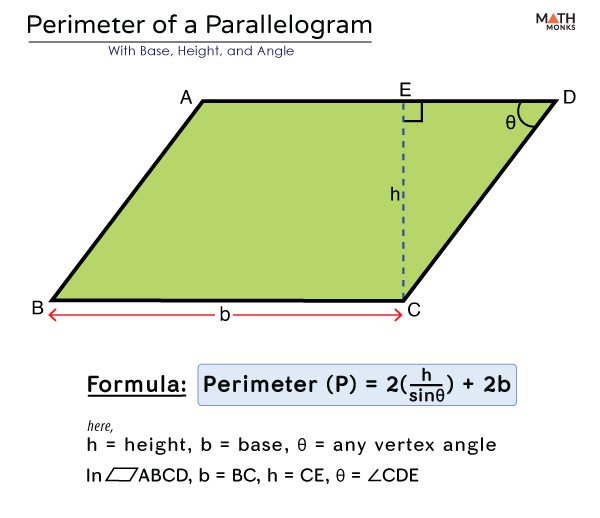
_HOOK_
READ MORE:
Historical Evolution of Perimeter Calculation Methods
The calculation of perimeters, including that of parallelograms, has a rich historical background, evolving through various civilizations and mathematical developments. This journey reflects the advancement in geometric understanding and mathematical techniques over time.
Ancient Civilizations
- Early civilizations like the Egyptians and Babylonians had practical methods for measuring land areas and perimeters for agricultural and construction purposes.
- They used simple tools and empirical methods, which were less about formal geometry and more about practical needs.
Greek Contributions
- The Greeks, particularly Euclid, laid the foundations of geometry. Euclid\"s \"Elements\" provided a systematic approach to geometry, including the properties of parallelograms.
- This era marked the beginning of using axioms and postulates to derive geometric properties and calculations.
Medieval and Renaissance Periods
- During these periods, there was further development in mathematical theory, greatly influencing geometry and the calculation of perimeters.
- The works of mathematicians like Fibonacci introduced new numerals and calculation techniques, enhancing the precision of measurements.
Modern Era
- The invention of calculus and advancement in algebra in the modern era brought about more sophisticated methods for calculating perimeters and other geometric properties.
- The development of computer technology and software has revolutionized geometry, making calculations more precise and accessible.
Today, the calculation of the perimeter of parallelograms and other shapes can be done with great precision and ease, thanks to centuries of mathematical evolution and technological advancement.
Explore the fascinating world of parallelograms with our comprehensive guide, unveiling a spectrum of calculation methods, historical insights, and practical applications to enhance your understanding and appreciation of geometric wonders.
